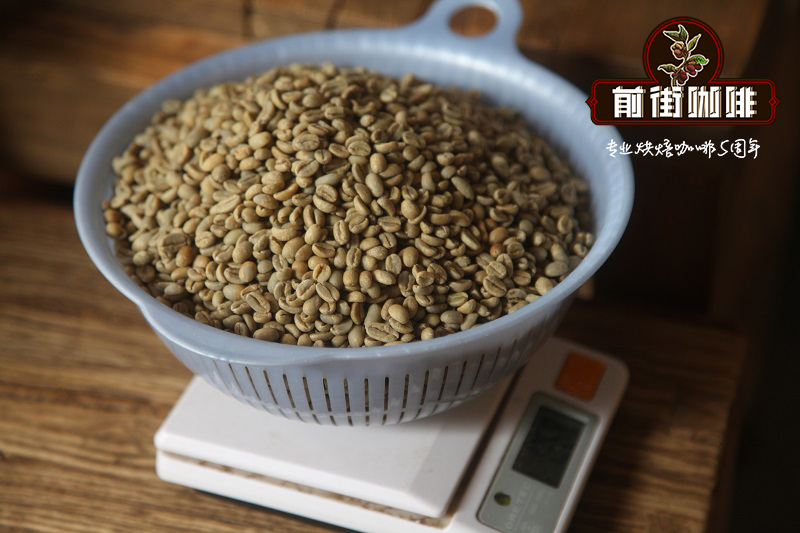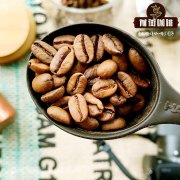What is a coffee microbatch?

Professional coffee knowledge exchange more coffee bean information please follow the coffee workshop (Wechat official account cafe_style)
What is a coffee microbatch?
Is to further select the beans with the best performance from a batch of beans that have already performed well.
In the simplest terms, "Microlots" is to select the best beans from a batch of beans that have already performed well.
You can think of it as a differentiation strategy, picking out the better parts before entering the market, so that the profit of selling can be higher. On the one hand, it satisfies the increasingly picky taste buds of the single-product coffee industry, and on the other hand, it also helps farmers produce coffee beans to enter the boutique coffee market, and at the same time establish their own quality image.
Just imagine, coffee of uneven quality can only be sold at a lower price. Is it a pity not to pick out the ones of higher quality?.
The method of "picking out" micro-batches
There are many ways to "pick out" micro-batches, for example, because the weather is better today, especially to separate today's coffee beans from others, or because a farmer is better at fertilizing, so separate his production from that of others, and so on. It can also be a special requirement today to take only ripe fruit, and then use double labor to pick out impurities and defective products; it can even be a high-risk attempt, such as deciding whether to change to other varieties with better flavor.
There is no definite method for micro-batch, but only through constant attempt and the cooperation of everyone can we find the really good quality. In an ideal state, such persistence and pursuit can make the technological improvement continue, and even drive the whole to improve together.
Beckoning in micro batches
Here I would like to recommend three types of beans from Central and South America. They are carefully selected micro-batches from environmentally friendly Costa Rica, Colombia with a sound production system, and well-protected Illida from Panama, so that we can rest assured to enjoy good coffee:
Costa rica Herba honey treatment
Costa Rica's malic acid, floral, fruity, honey, 1 ram 3 national parks and protected areas of Central America and Switzerland
Vera, National Union of Colombia
Nuts, milk, chocolate, the National Union (FNC) is the Colombian production organization to ensure that the benefits are returned to farmers as much as possible.
Panamanian Ilidamide treatment
BlackBerry, nectar, apricot, hazelnut and cocoa beans are tested by the owner himself every day to strictly observe the quality.
Search for all the results related to micro-batches of pot coffee
A good product from cooperation.
Micro-batches are not alone by producers. In foreign countries, many coffee makers or agricultural technology guidance organizations are trying to use micro-batches and other methods to help farmers improve production quality and open up the market. Since micro-batches are built on the premise of "better quality", professionals who understand flavor testing, that is, cup testers, are needed to check and evaluate. It is up to each place to set the score of the cup test before it can be regarded as having the standard of micro-batches.
The "Red Cherry Project (Operation Cherry Red)", which began in 2007, is the high quality produced by Dutch traders who are responsible for providing technology, capital and flavor testing, while farmers are selected again and again to consolidate everyone's efforts. Projects such as Red Cherry have in turn led to the direct rise of an entire producing area, such as Sidamo Capedo, which can be said to be an example of the positive impact of micro-batches.
An extended discussion
Such a discussion can continue: in fact, whether microbatches can become a truly beneficial and long-lasting mode of production has always been the focus of many people's attention. In order to maintain high quality, it takes more effort and effort on a regular basis. Frankly speaking, not all producers in every region can afford the manpower and material costs they need. Considering from this direction, microbatching is not a method that can be applied in every producing area.
When everyone wants to grow good coffee and want to be selected into micro-batches, the gap between technology and information makes many farmers do not know how to grow good coffee, or how to grow good coffee every year. Therefore, how to make micro-batch is not only a "accidental luck", but also how to make good technology take root locally and spread out in the production area is a topic that many people are working hard at present.
On other levels, the reason why many co-operatives sell coffee beans mixed with different members is to maintain fairness in external bargaining and to avoid quarrels between some selling well and others selling poorly. After all, centripetal force is a very important issue for production organizations. In addition, the production of micro-batches is usually not too large, so although the price is better, it is more difficult to become the main source of profits.
One side should have a better price and the other side should have a better flavor. It takes more time to find, improve and verify the exact landing point between the two sides.
Perhaps we can regard micro-batches as the product of demand at both ends of production and consumption; one side should have a better price, the other side should have a better flavor, the two sides happen to land, and more time is needed to find, improve and verify. At the same time, as we said in our introduction to environmental sustainability and certification, it may be too romantic to expect any single solution to emerge and solve all the problems in the world right away.
Important Notice :
前街咖啡 FrontStreet Coffee has moved to new addredd:
FrontStreet Coffee Address: 315,Donghua East Road,GuangZhou
Tel:020 38364473
- Prev

How to identify the freshness of coffee?
Professional coffee knowledge exchange more coffee bean information please follow the coffee workshop (Wechat official account cafe_style) how to identify the freshness of coffee? Coffee, like the ingredients in life, pays great attention to freshness. When coffee is extracted into a coffee liquid and made into a drink, the freshness of the original beans greatly affects the flavor and taste of the finished product. All the food will go with the passage of time
- Next

Know the roasting degree of coffee. What is the roasting curve of coffee?
Professional coffee knowledge exchange more coffee bean information please follow the coffee workshop (Wechat official account cafe_style) coffee roasting degree to know, what is the coffee roasting curve? Baking is a process of heating beans. Unbaked raw beans smell only a little grassy and slightly fruity, but taste almost meaningless. Baking triggers beans by heating.
Related
- Beginners will see the "Coffee pull flower" guide!
- What is the difference between ice blog purified milk and ordinary milk coffee?
- Why is the Philippines the largest producer of crops in Liberia?
- For coffee extraction, should the fine powder be retained?
- How does extracted espresso fill pressed powder? How much strength does it take to press the powder?
- How to make jasmine cold extract coffee? Is the jasmine + latte good?
- Will this little toy really make the coffee taste better? How does Lily Drip affect coffee extraction?
- Will the action of slapping the filter cup also affect coffee extraction?
- What's the difference between powder-to-water ratio and powder-to-liquid ratio?
- What is the Ethiopian local species? What does it have to do with Heirloom native species?

